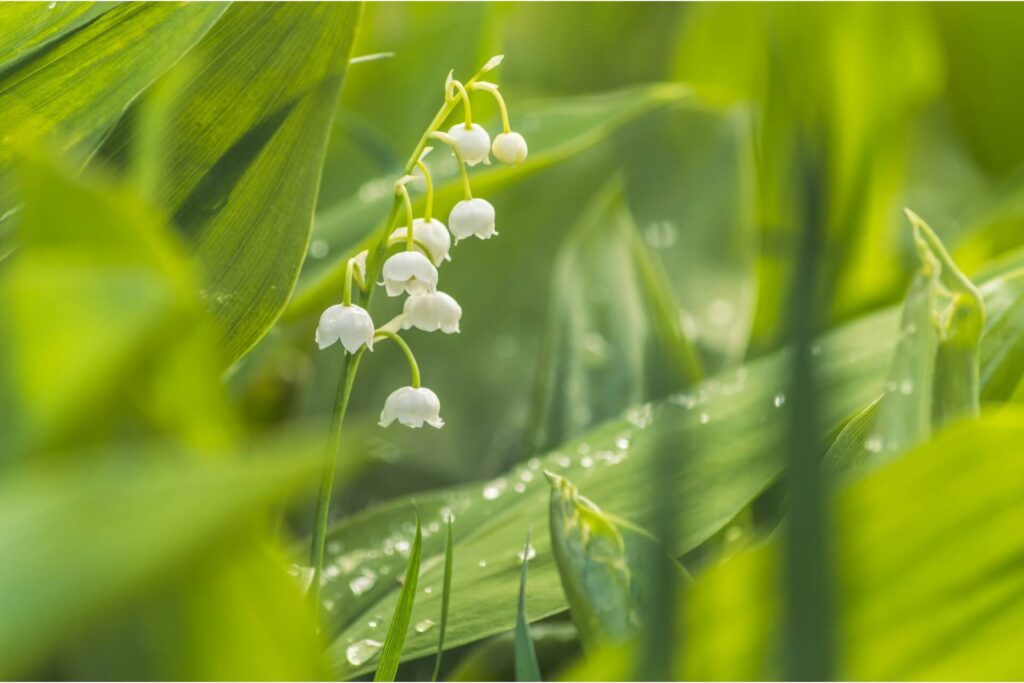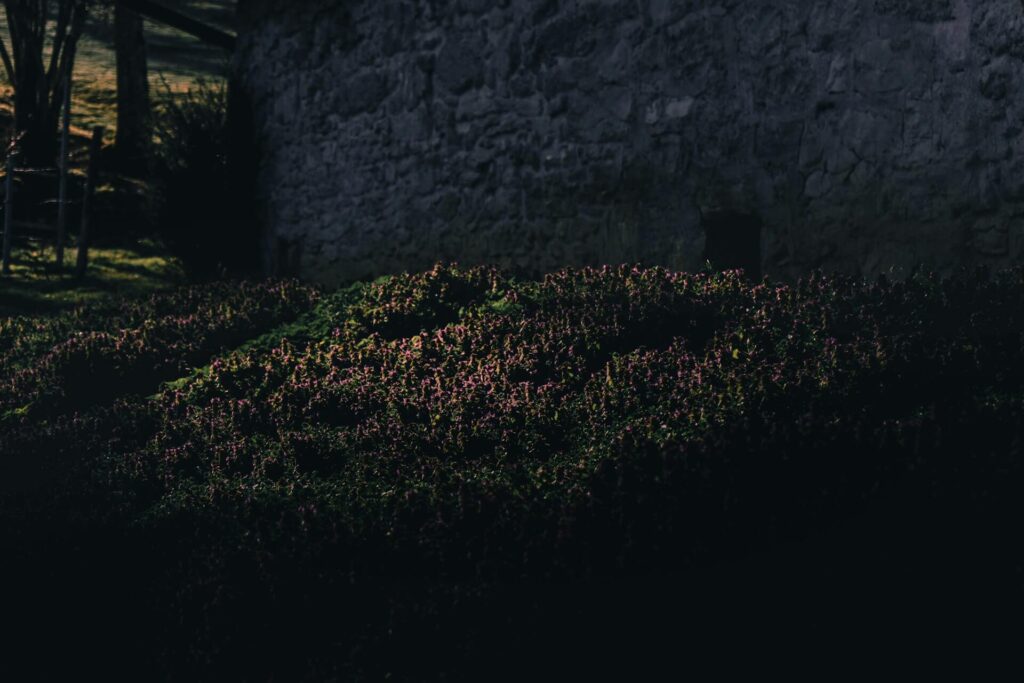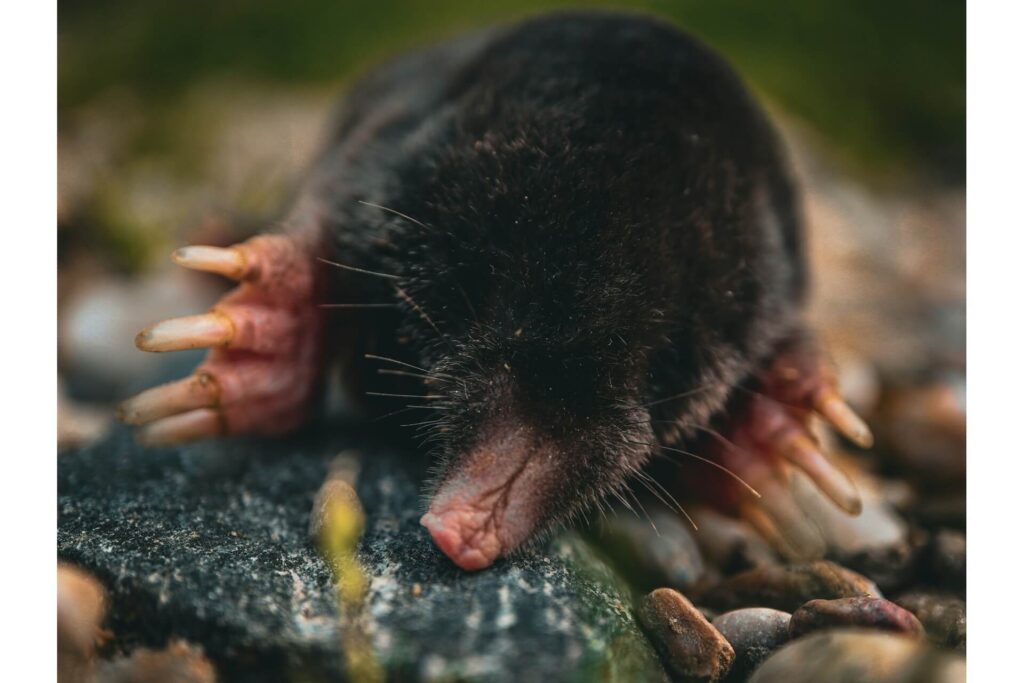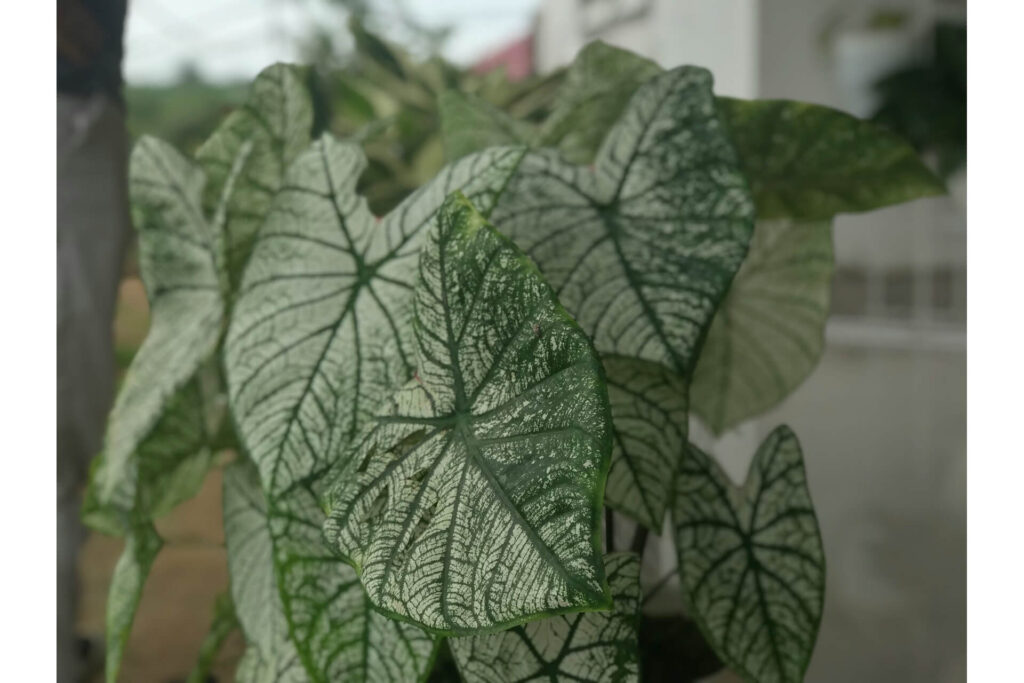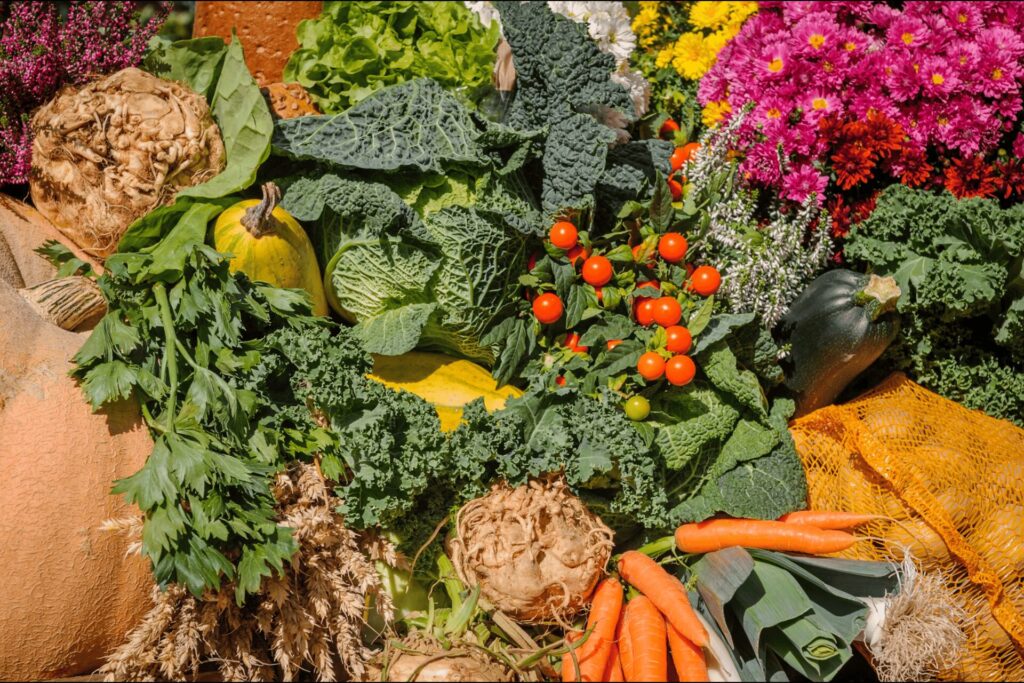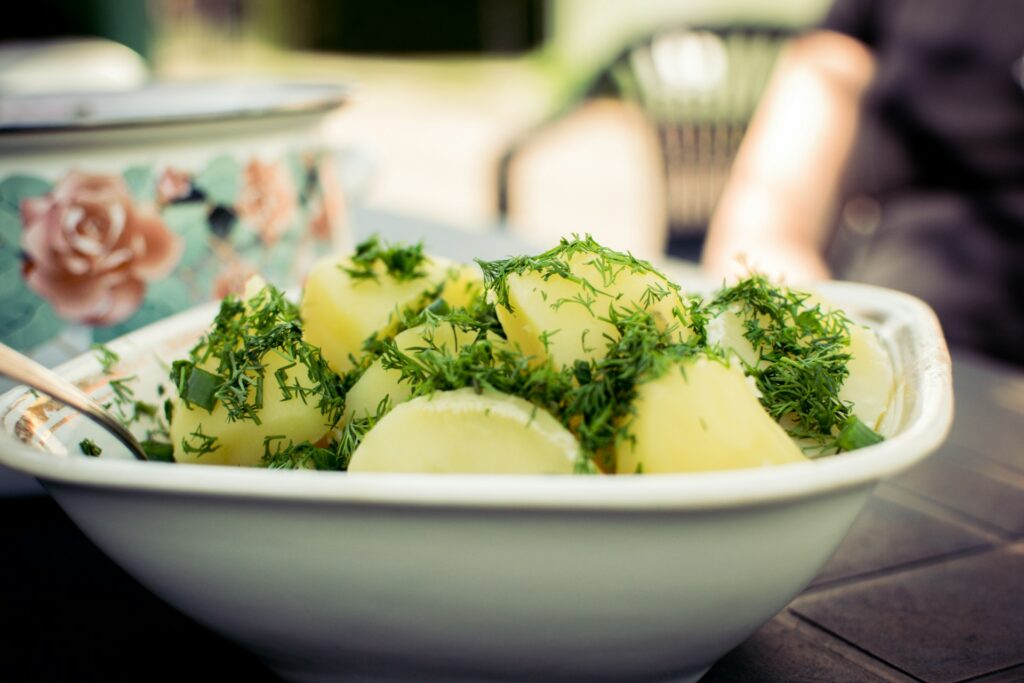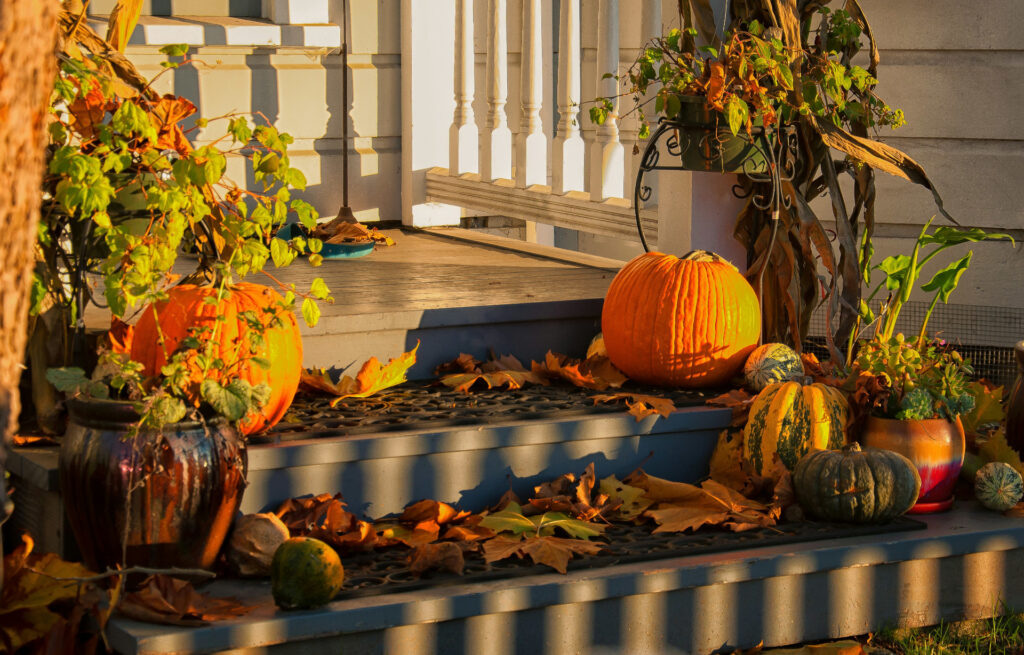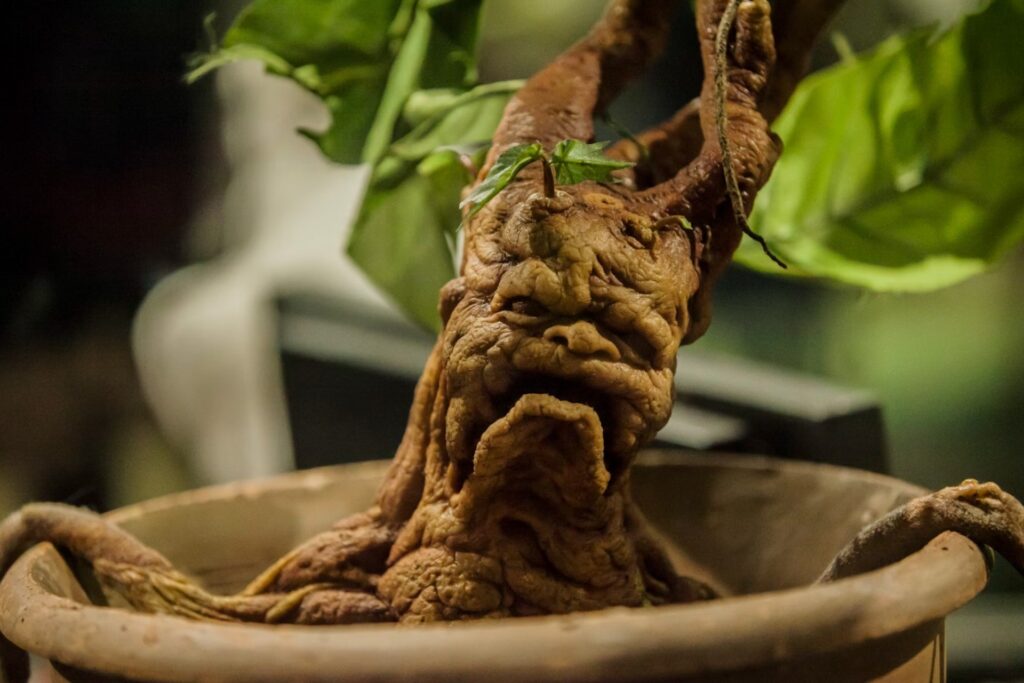The World’s Most Poisonous Plants: Identification, Symptoms and Treatment
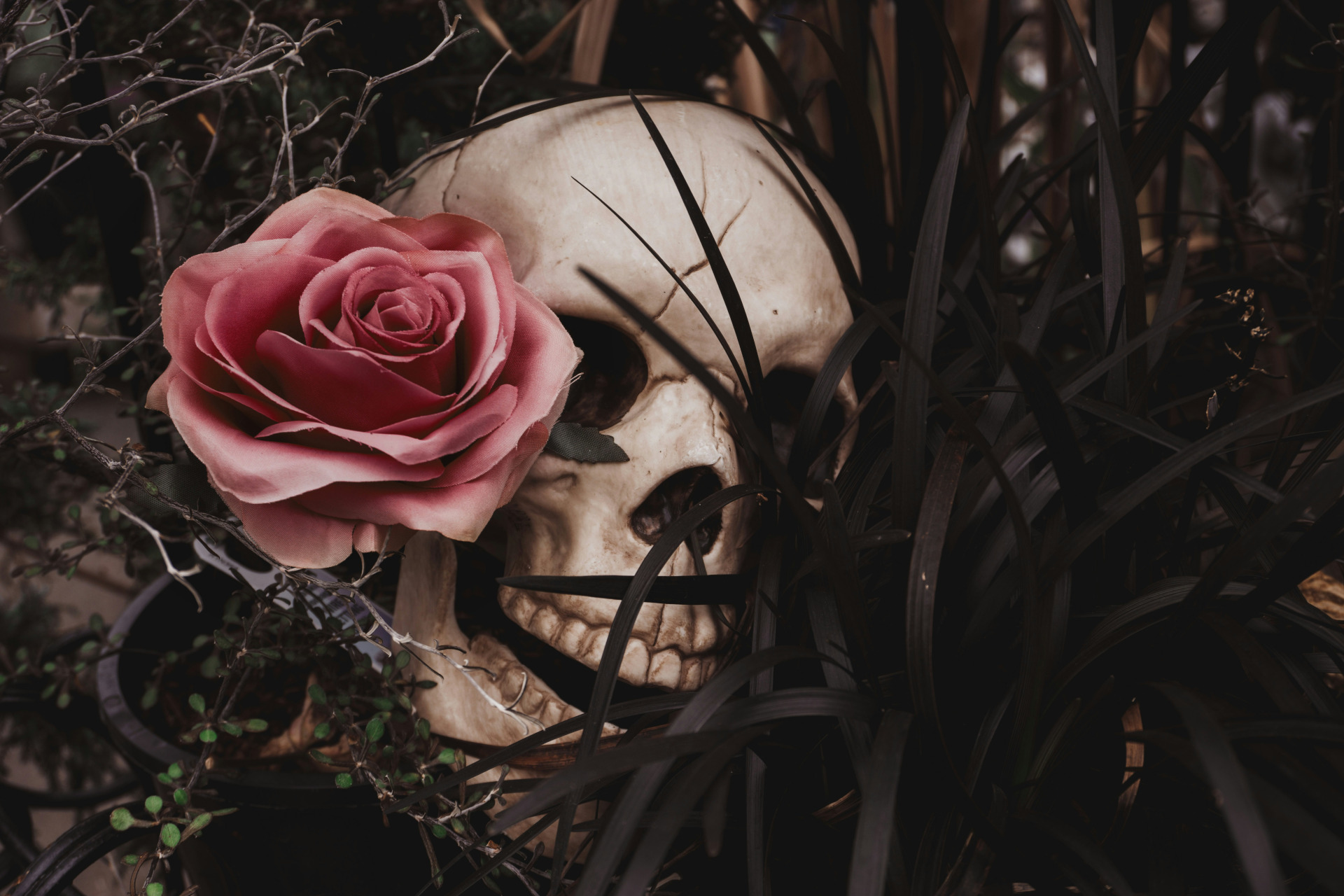
We are reader-supported. When you buy through links on our site, we may earn an affiliate commission.
At this spooky time of year, we tend to think of witches’ brews, cursed monsters and haunted houses. But lurking in our very real world are plants so toxic they’d make even the most sinister horror movie villain shudder. Forget vampires and werewolves — nature’s own arsenal of poisonous plants can paralyze, hallucinate or even kill.
Whether you’re curious about how to identify poisonous plants in your yard or just want to better understand toxic plants, let’s take a stroll through the world’s botanical hall of horrors.
Why Worry About Poisonous Plants?
You don’t have to live somewhere exotic to encounter toxic flora. Many of the most dangerous plants in North America grow in everyday yards, parks and even inside homes as ornamental greenery. These are real dangers for:
- Kids and pets: Toddlers explore by putting things in their mouths and cats and dogs are notorious leaf nibblers. Knowing the most common poisonous plants for children and poisonous plants for pets can be literally lifesaving.
- Gardeners and hikers: Accidental contact or ingestion is more common than you’d think. Ever wondered what to do if you touch a poisonous plant? The answer depends on which villainous plant you’ve met.
Here are five of the deadliest plants with roots both in real danger and in terrifying legend.
1. Deadly Nightshade (Atropa belladonna)
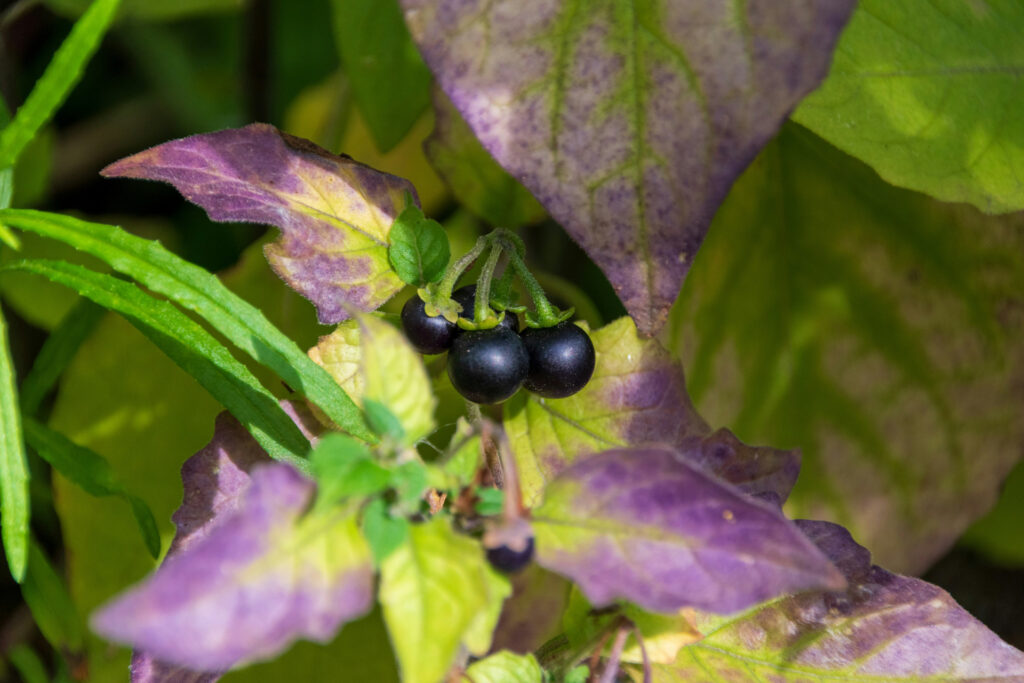
Also known as: Belladonna, Devil’s Berries, The Witch’s Plant
If horror had a houseplant, this would be it. Deadly nightshade has appeared in folklore, witchcraft and even Shakespearean tragedies. Legend says witches brewed it into flying ointments to soar through the night sky — though in reality, it would cause terrifying hallucinations and likely death.
The name Belladonna comes from the Italian for beautiful woman, dating to Renaissance times when women would use eyedrops containing deadly nightshade to dilate their pupils. When you have an eye exam today, atropine, the active ingredient, is still used — safely! — to open up your pupils.
- Identification: Glossy black berries that are deceptively sweet-looking, purple bell-shaped flowers and dull green leaves. Deadly nightshade is native to Europe but has spread widely.
- Poisonous plant symptoms: Racing heart, dilated pupils, confusion, hallucinations, respiratory failure and death. Toxins can also enter through the skin when the plant is handled. Even a few berries can be fatal to a child and it is also rapidly fatal to pets.
- Treatment: Immediate medical care. Activated charcoal may be given to absorb toxins. This is not a DIY herbal remedy situation — call 911.
2. Poison Hemlock (Conium maculatum)
Also known as: The plant that killed Socrates
In ancient Athens, this was an official execution method — forget guillotines, poison hemlock tea was the drink of doom. Its feathery leaves resemble parsley, which has led to tragic mistakes in the kitchen. In a horror movie, this would be the innocent-looking salad garnish that seals your fate.
Poison hemlock is native to Europe but widespread in North America. Each plant produces thousands of seeds, so it quickly outcompetes native vegetation in fields and roadsides. It’s a member of the carrot family — but even small amounts are lethal.
- Identification: A tall plant, up to eight feet, with umbrella-shaped clusters of white flowers, purple-spotted stems and fern-like leaves.
- Poisonous plant symptoms: Tingling, muscle weakness, paralysis and ultimately death by respiratory failure.
- Treatment: There is no antidote. If you suspect ingestion, get emergency help immediately.
3. Oleander (Nerium oleander)
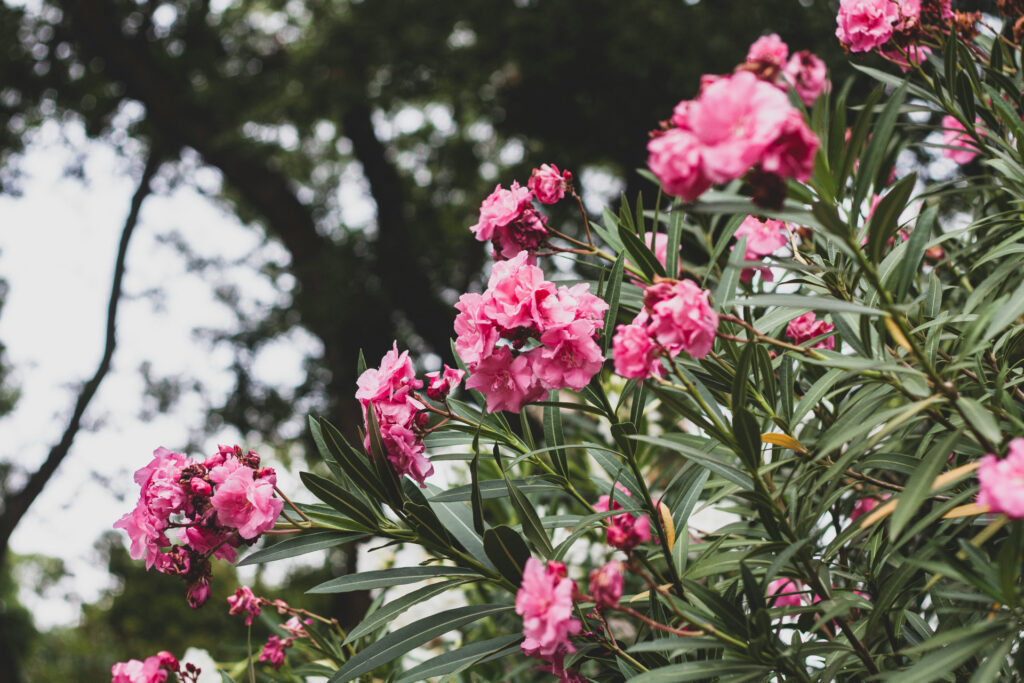
Also known as: The Suburban Serial Killer Shrub
Pretty enough to star in a gardening magazine, oleander hides one of nature’s nastiest secrets. Its pink and white flowers may look romantic, but this is one of the deadly plants that can kill with just a leaf or two. It’s the femme fatale of the plant world — beautiful, deadly and often underestimated.
Despite its dangers, Oleander is a hugely popular shrub, especially in the southern United States. It is often planted along highways and in gardens because it manages drought conditions well. It is valued for its beauty, hardiness and low maintenance. However, all parts of it are extremely poisonous.
- Identification: Evergreen shrub, long, narrow leaves, clusters of showy flowers in pink, white or red.
- Poisonous plant symptoms: Severe vomiting, irregular heart rhythm, confusion, weakness, sleepiness and cardiac arrest.
- Treatment: Hospital care is crucial. Doctors may use medications to stabilize heart rhythms.
4. Rosary Pea (Abrus precatorius)
Also known as: The Bead of Ill-Omen
These vibrant, scarlet seeds may look gorgeous, but don’t be fooled. The rosary pea, for all its allure, is a killer. In some cultures, its seeds are used in jewelry and toys to ward off evil spirits — yet chewing a single seed can be fatal. A chilling reminder that danger can lurk in the most unexpected of places.
Native to Asia and Australia, this is a highly invasive plant that has spread elsewhere, including into the U.S., especially Florida. Its seeds contain abrin, one of the most potent toxins known, similar to ricin. Even a scratch from a rosary pea bead can kill, if the toxin enters the bloodstream.
- Identification: A climbing vine with slender stems and compound leaves. The seeds are bright red with a black spot, resembling ladybugs.
- Poisonous plant symptoms: Onset may take hours or days but will include vomiting, severe abdominal pain, tremors, racing heart, fever, shock, mouth and throat ulcers, organ failure and potential death.
- Treatment: There is no antidote. Seek immediate medical help if you suspect ingestion.
5. The Manchineel Tree (Hipomane mancinella)
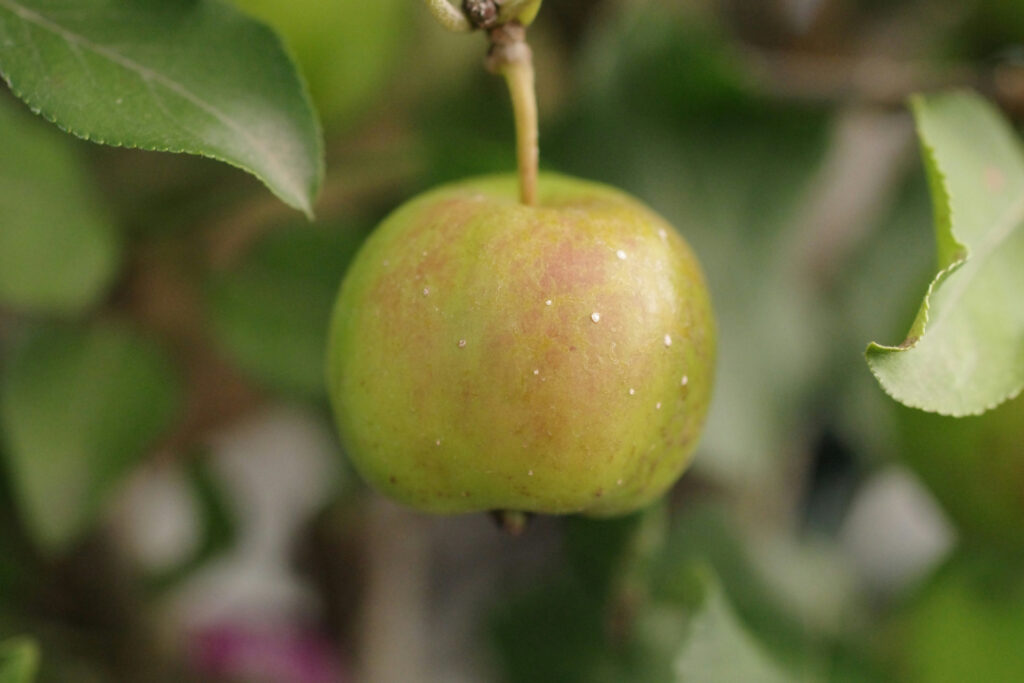
Also known as: The Tree of Death, Death-Apple Tree
If Stephen King wrote a tree into one of his novels, it would be this one. Native to the Caribbean, Central America and Florida, the manchineel is so toxic that it has to be labelled with warning signs on beaches and in parks. Your skin will burn if you stand beneath it in the rain, its bark can cause severe irritation and temporary blindness — and eating its deceptively innocent-looking apples can kill you.
It has reportedly been used as a torture device by tying victims to the tree. Even inhaling smoke from its burning wood can damage your lungs.
- Identification: Frequently marked by warning signs. Glossy green leaves, small, apple-like fruit. Looks like a harmless beach shade tree.
- Poisonous plant symptoms: Blistering rash, severe throat swelling, abdominal bleeding, slowed heartbeat, low blood pressure, agonizing stomach pain, and potential death.
- Treatment: If ingested, seek immediate emergency medical care.
What to Do If You Touch a Poisonous Plant
Even if you’re not munching on devil’s berries, skin contact with deadly plants can cause rashes, blisters and pain. Here are quick steps for treating poisonous plant rashes:
1. Remove contaminated clothing.
2. Wash the skin thoroughly with water.
3. Avoid scratching, which can spread the toxins.
4. Apply calamine lotion or a cold compress.
5. If symptoms persist or you develop severe swelling or difficulty breathing, get medical help immediately.
Nature Can Be a Real-Life Horror Villain
From cursed berries to trees of death, these common poisonous plants remind us that reality can be scarier than fiction. As you carve pumpkins and tell ghost stories this fall, maybe steer clear of mysterious berries, sinister shrubs and “innocent” weeds. After all, nature doesn’t need a script to deliver a jump scare — sometimes, it just needs a leaf, a berry or a single touch.
FAQ
1. Can you build up immunity to poisonous plants over time?
No, not really. While some people are less sensitive to things like poison ivy, most toxic plants attack vital systems like your heart or nervous system. Repeated exposure won’t make you immune — it will just harm you faster.
2. Are any poisonous plants used in medicine?
Yes! Many deadly plants are. For example, deadly nightshade and foxglove contain compounds that are used in eye examinations and heart medications. Poison hemlock is used to treat muscle spasms. Poisonous jimson weed can be used as pain relief, and sweet wormwood is used as an antimalarial drug. There are many other examples, too.
Dosage is crucial — the line between poison or cure is razor thin. Do not ever attempt to use any toxic plants yourself medicinally. When used therapeutically, they are properly processed to make them safe.
3. What is the safest way to teach kids about poisonous plants?
Use visuals — show them pictures of common local plants to avoid. Make it into a spooky game so they remember these toxic plants must be left untouched.
